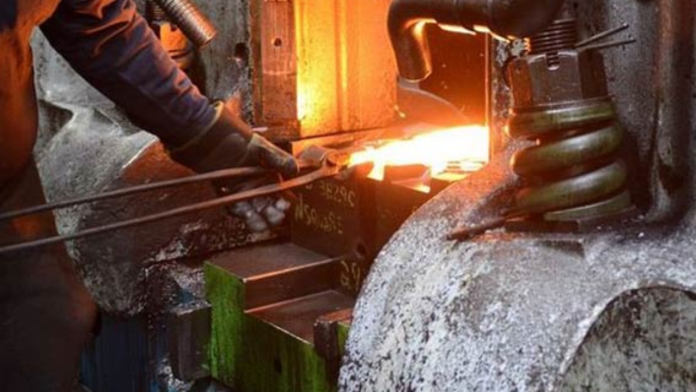Produced interfacing bars are a basic component in high-performance and heavy-duty motors. Their essential work is to associate the cylinder to the crankshaft, changing over the pistonâs responding movement into the crankshaftâs rotational movement.
The quality and solidness of these interfacing poles are imperative for guaranteeing motor unwavering quality, particularly in requesting applications such as hustling or heavy-duty trucking. This article dives into the key points of interest that fashioned interfacing bars offer in terms of quality and strength. Visit this link https://www.cxinforging.com/the-advantages-of-using-forged-connecting-rods-in-high-performance-engines/ for further necessary information.
Preferences of Produced Interfacing Bars: Quality and Strength Disclosed
Manufactured interfacing bars offer predominant quality and strength compared to cast or billet bars. The producing handle adjusts the metalâ’s grain structure, coming about in improved fabric properties, a better strength-to-weight proportion, and expanded weakness resistance. These bars moreover give superior affect sturdiness, warm dissemination, and resistance to distortion, making them perfect for high-performance and heavy-duty motors where unwavering quality and execution are crucial.
Prevalent Fabric Properties
Manufactured interfacing poles are produced employing a fashioning prepare, where a metal clear is warmed and after that molded beneath the tall weight. This handle improves the materialâs inborn properties, coming about in prevalent mechanical quality. The fashioning preparation adjusts the metalâs grain structure, making a uniform, thick fabric with fewer inside surrenders. This refined structure essentially moves forward the interfacing rodâ’s capacity to resist tall stretch and extraordinary loads compared to cast or billet bars.
Improved Strength-to-Weight Proportion
One of the standout focal points of produced interfacing poles is their uncommon strength-to-weight ratio. Forged bars are by and large lighter than their cast partners whereas giving break even with or more prominent quality. The lessening in weight without compromising quality makes a difference in playing down the general mass of the motor, driving it to superior execution and effectiveness. This advantage is especially vital in high-performance applications where each ounce tallies, such as in hustling motors.
Expanded Weariness Resistance
Motor components are subjected to rehashed stretch cycles all through their operational life. Produced interfacing bars show prevalent weariness resistance due to the producing preparation. The arrangement of the grain structure in fashioned poles permits them to retain and disseminate the rehashed stresses experienced amid motor operation. This expanded weakness resistance diminishes the probability of bar disappointment, which is fundamental for keeping up the motor life span and unwavering quality.
Made strides Affect Sturdiness
Affect durability alludes to a materialâs capacity to assimilate stun without breaking. Manufactured interfacing poles exceed expectations in this range due to their uniform and thick grain structure. The fashioning handle gives a tall level of affect durability, permitting these bars to handle sudden spikes in a motor stack or constrain without coming up short. Typically especially beneficial in high-performance motors where unforeseen loads can be noteworthy and visited.
Way better Warm Dissemination
Motors create noteworthy sums of warmth, and the components must viably oversee and scatter this warmth to preserve ideal execution and avoid harm. Fashioned interfacing bars regularly show superior warm dissemination properties compared to cast bars. The producing handle upgrades therodâs capacity to conduct and disperse warm, lessening the hazard of localized overheating and related harm. This warm productivity contributes to the by and large solidness and unwavering quality of the motor.
Resistance to Distortion
Beneath high-stress conditions, motor components can distort or twist, driving to decreased execution and potential disappointment. Fashioned interfacing bars are less vulnerable to misshapen due to their vigorous development. The producing handle confers a tall degree of dimensional solidness and resistance to bowing or turning. This resistance to distortion is vital for keeping up exact motor timing and arrangement, which specifically impacts motor execution and life span.
Conclusion
Produced interfacing poles offer critical focal points in terms of quality and toughness, making them a favored choice for high-performance and heavy-duty motors. The predominant fabric properties, enhanced strength-to-weight proportion, expanded weakness resistance, progressed affect durability, superior warm dissemination, and resistance to misshapen all contribute to their extraordinary execution and unwavering quality. These benefits emphasize the significance of selecting produced interfacing poles for applications where motor unwavering quality and execution are fundamental.










